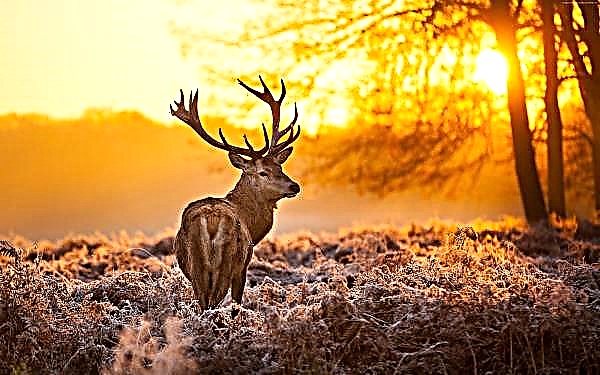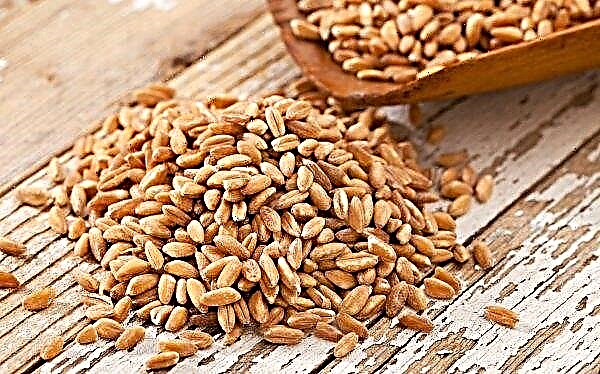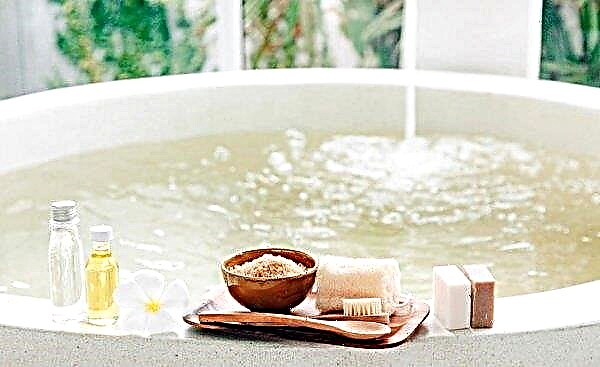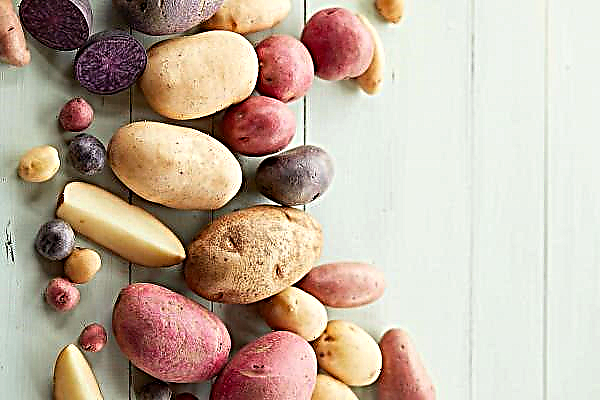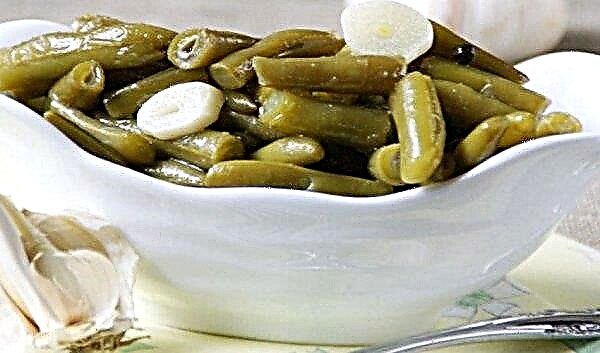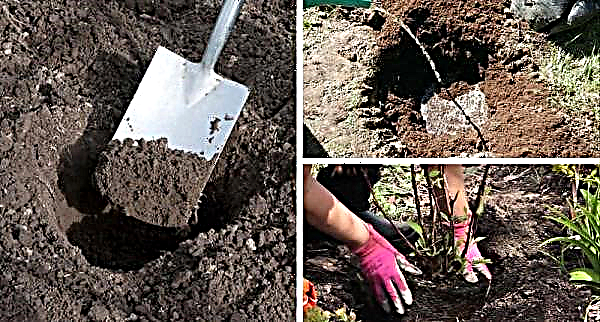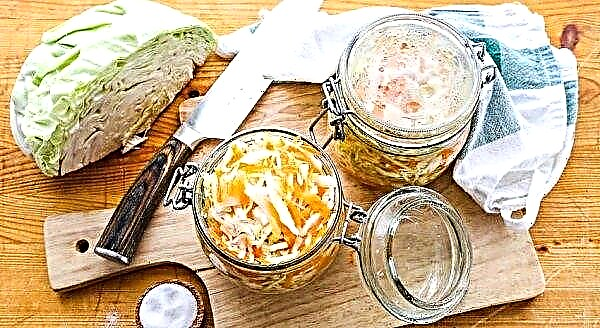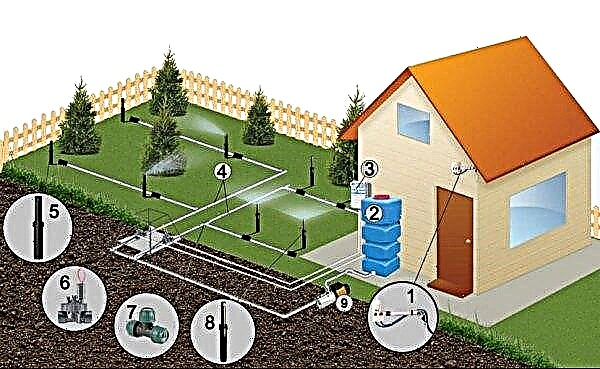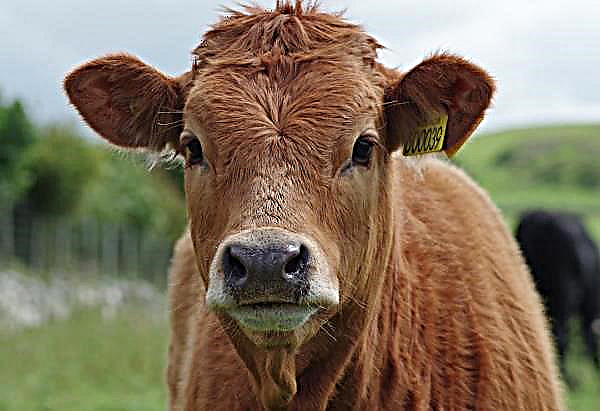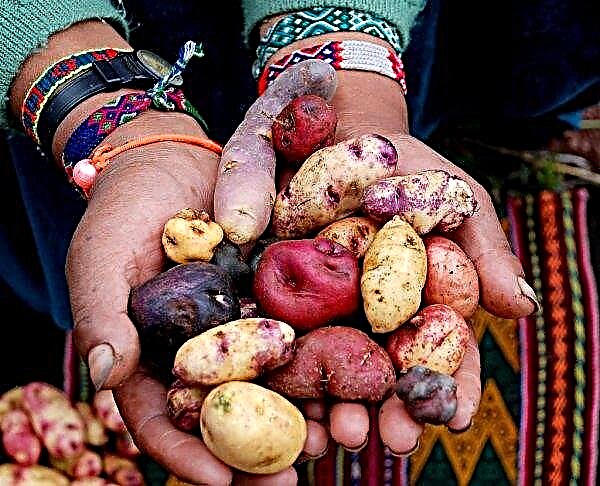To keep the bee family for the next year, you should carefully prepare it for winter. Beehives must be well made and insulated, but a prerequisite for bees is the necessary food - a supply of honey, which the beekeeper must leave to the insects. Read more about how much food the bees need for wintering, as well as how to prepare for it - later in the article.
Why bees honey for the winter
Honey is the main food of bees, and without it the bee family simply cannot survive the winter. Insects produce it from nectar and pollen of flowers, and also add special enzymes that prevent it from deteriorating. Since nectar contains a large percentage of moisture, it must be removed, and for this to be done there must be ventilation in the hives for ventilation.
Beekeepers take part of the honey, and during wintering feed bees with sugar syrup - it helps insects not to lose strength and does not allow the bee family to die of hunger.
How much honey to leave
It is important to correctly calculate the amount of honey for bees in order to preserve all individuals for the next warm season. In addition to nutrition, it is also important to determine the place where the bees will winter - in the heat, honey consumption will be minimal, while in the cold it will increase by about 40%.
Did you know? Bees from one hive are able to harvest up to 150 kg of honey per year.
Stays in winter in a warm hive
For wintering indoors, about 8 kilograms of honey per 1 family will be enough for bees. It is undesirable to leave less - a lack of nutrition leads to the fact that egg laying in the spring decreases due to a lack of food in the hive.
In addition, as already mentioned, a mandatory item should be feeding bees with sugar syrup. It can be prepared by mixing sugar, water and vinegar.
Wintering on the street
If it is not possible to bring hives to the premises for wintering, then beekeepers leave the hives on the street, having previously insulated them. In this case, the amount of food for bees should be large - about 11 kg per 1 family.
The assembly of bee hives for the winter
Hives for wintering begin to be collected from the beginning of autumn, the collection date should be no later than mid-September.
There are 2 types of hive assembly:
- Single sided. On one side, the honeycombs are placed in this order: 1 frame per 3.5 kg, then 1.5 kg, 3 frames 2 kg, 1 - 2.5 kg. The last are 2 frames per 3 kg.
- Double sided. In the middle of the hive, 2 frames of up to 2 kg of honey are left, after which 1 more frame of 2 kg is left on each side, followed by 3 kg.

How to properly place the feed frame
The feed frame must be placed based on the family of bees. If the bees are strong and hardy, then the framework should contain up to 9 kg of honey. For medium-sized bees, it is worth allocating 6 kg. And for nuclei, 4 kg of honey will be enough.
A prerequisite for preparing food for wintering is that all cells must be filled. Unfilled honeycombs of honey frames will begin to disturb the bees, and they will not calmly winter. This can even lead to the death of many individuals.
How to insulate a bee's nest
Warming of the hive depends on the types of wintering:
- in Omshaniks, when hives are cleaned underground in a special room;
- on the street when left in the same place.
To warm the bee nest, you can use both natural heaters and artificial ones. It is important to worry about ventilation, as the temperature in the hive, as well as humidity, will depend on its quality. If the humidity is elevated, the appearance of a fungus on the combs will be inevitable, which, unfortunately, spreads rapidly and can lead to the death of the bee family.Important! To fill the space between the hives and shields for the winter, you can not use straw, since mice and other pests often wind up in it.

With internal insulation, it is important to remember that do not insulate the hive and especially the ceiling with polyethylene - it will not leak moisture, respectively, this will lead to increased humidity and the appearance of fungus. It is better to cover the roof of the hive with needles. Needles, moss, walnut leaves are also great for internal warming. If artificial insulation is used, it should pass air well.
For those hives that remain wintering on the street, they use special shields for insulation. The space between the walls of the hives and the shields must be filled with dry walnut leaves or needles.
DIY frames for beehives
You can not only buy frames for honeycombs in a special store, but also make them yourself.
For the construction of frames, wood of such species is suitable:
- Linden;
- poplar;
- cedar;
- willow;
- aspen.
Materials for work:Important! It is impossible to use pine for the manufacture of frames, since it contains resins. Also during severe colds on pine wood cracks may appear.
- bars;
- overhead table;
- a pusher that is made of wood;
- guide corner;
- boards for the sides.

Step-by-step instructions for making frames with your own hands:
- First of all, dry the wood from which you will make the framework. Permissible amount of moisture is not more than 15%.
- After quality drying, check each workpiece for cracks and knots. All parts must be smooth, without any clues. If they are not, then you can safely proceed to the processing of the material. The manufacturing method according to Dadan is mostly popular. The size of the frame according to Dadan is usually 43.5 cm in length and 30 cm in height. In the case of such a hive 12 frames for bees are freely placed. The addition is that the store is also inserted into the hive, its length is also 43.5 cm, and its height is half that, 14.5 cm.
- Cut the bars using the patch table, which is used to create the frames. This table serves to help cut the bars of the same size, and also allows you to secure the work with the saw.
- After sawing, it is also advisable to dry the workpieces. Drying takes 3 days.
- After drying, connect the side frames and all the slats to each other.
Video: DIY beekeeping frames for beehives
How to install a separation grid for bee hives for the winter
Separation grids in the bee’s nest are installed in order to increase honey collection, and breeding new, strong bees. Due to the separation of honeycombs with bee brood, they will be separated from the frames with honey. In addition, these nets help save hives from the invasion of mice and other pests.
The grill is set so that the slots of the grid are parallel to the upper bars of the frame. The distance between them should not exceed 8 mm, and between the lower ones - no more than 5 mm. Periodically, it is worthwhile to raise the grate, since there can be many drones on it that should be released.
Rules and methods for selecting quality honey for wintering bees
To select high-quality honey, a series of tests should be performed that will show the presence of a paddy in honey. This is a sweet liquid that is released by insects that feed on plant sap. Unlike nectar, honeydew does not contain volatile and other useful substances. In bees that feed on paddy, life expectancy can be reduced by more than half.
Vinegar-lead method
To analyze this method, a special field laboratory of Temnov is used.
Items that will be needed for the laboratory:
- test case;
- glass bowl;
- Comparator
- bottle with water;
- crystalline lead acetate;
- distilled water;
- large pipette for water;
- small pipette for reagents.
Did you know? The life span of a working bee is not more than 40 days.
Step-by-step instruction of the method:
- In a small tube, collect honey, about 1/5 part, and add water.
- Transfer all contents to a large tube.
- Pour water into a small test tube again, trying to flush the remnants of honey from it. Pour everything into a big one.
- Add 2 drops of lead acetic acid to the solution.
- To stir thoroughly.
- Put the test tube in the comparator and look through it, through glasses, at the horizon line.
- Nearby is a test tube with floral honey. If the horizon is not visible through the first tube, then drop too much.
- In order to better determine the tested bee honey for the amount of paddy, add water dropwise to it until the transparency is equal to the control tube.
- If when adding water the number of drops is more than 60, then the honey is of poor quality and it is better not to use it for feeding.

Alcohol analysis
Mix honey and distilled water in a ratio of 1: 1. Next, you need to take 10 parts of wine alcohol and mix everything carefully together. If muddy inclusions begin to appear, then honey contains a pad.
Important! Alcohol analysis is not suitable for buckwheat honey, as it alone produces clouding.
Calc analysis
Mix 1 part of honey and 1 part of rainwater, if not, then distilled can be used. Also, add 2 parts of lime water to the mixture, which you can prepare yourself - for this you need to pour 100 g of quicklime, pour 1 liter of cold water, mix thoroughly and strain through cheesecloth.
Then heat the prepared mixture to a boil and consider: if there are flakes that have precipitated, this indicates that there is a pad in the product.
To prepare bees for wintering, it is necessary not only to prepare the right amount of honey for feeding insects, but also to check its quality. And regular care of the hives will help bee families survive the winter without any problems and begin their usual work next season.

